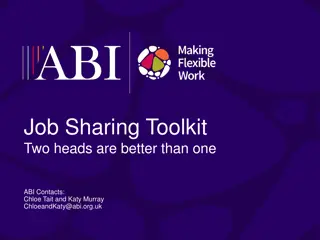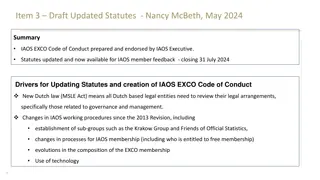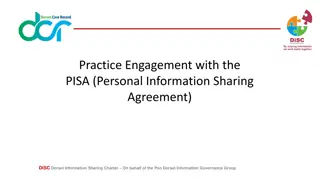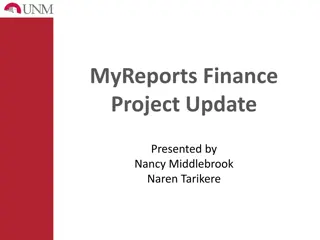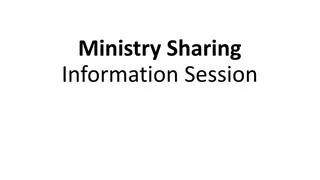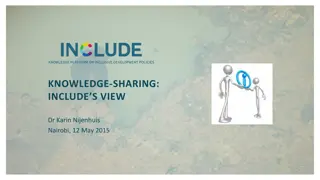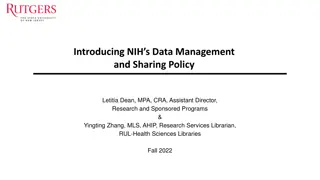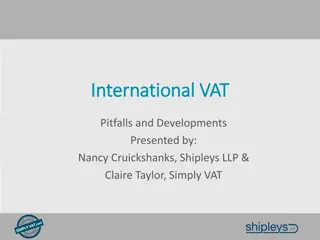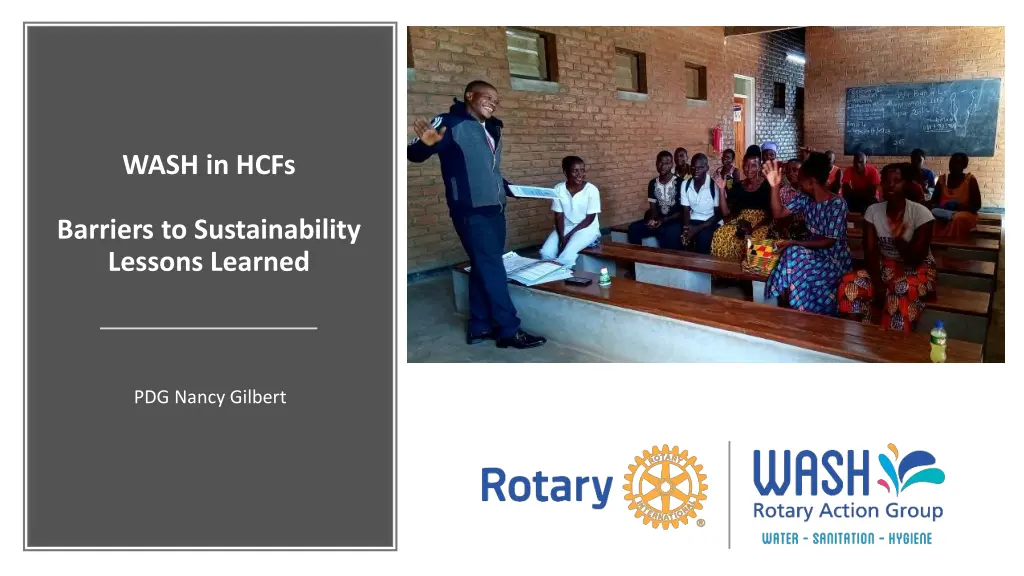
Barriers and Opportunities in WASH Sustainability Research
Discover the factors affecting sustainability in Water, Sanitation, and Hygiene (WASH) services through research in Rumphi District. Explore mechanisms in place to support continued functionality and the barriers hindering progress in WASH services.
Download Presentation

Please find below an Image/Link to download the presentation.
The content on the website is provided AS IS for your information and personal use only. It may not be sold, licensed, or shared on other websites without obtaining consent from the author. If you encounter any issues during the download, it is possible that the publisher has removed the file from their server.
You are allowed to download the files provided on this website for personal or commercial use, subject to the condition that they are used lawfully. All files are the property of their respective owners.
The content on the website is provided AS IS for your information and personal use only. It may not be sold, licensed, or shared on other websites without obtaining consent from the author.
E N D
Presentation Transcript
WASH in HCFs Barriers to Sustainability Lessons Learned PDG Nancy Gilbert
Sustainability means meeting our own needs without compromising the ability of future generations to meet their own needs Sustainability is ability to maintain or support a process over time. Sustainability consists of fulfilling the needs of current generations without compromising the needs of future generations, while ensuring a balance between economic growth, environmental care and social well-being..
Literature Review factors association with sustainability in WASH Lots of tools for improving (assessing) WASH in HCF WASH Fit WASH Con tool Limited tools focusing on sustainability Literature Review
Literature Review factors association with sustainability in WASH Hardware and infrastructure that are appropriate for the context, considering their design, construction, operation, and maintenance, against the level of skills and resources available. Adequate on-site capacity of staff to properly use, operate, and maintain services, supported by ongoing training and supervision Leadership and proper management of staff and services in guiding WASH service delivery, staff behavior, and resource allocation Ownership, demand, and behavior of users, which leads to the proper use and maintenance of WASH services Adequate support from technicians or experts who may be needed to help solve problems that on-site staff cannot solve on their own, and to supervise the implementation of proper practices Finances to support recurrent costs of operating and maintaining hardware, and training staff. Literature Review
Research in Rumphi District (November 2019) 18 govt and faith-based facilities Baseline assessment Opportunities and barriers to sustainability Research in Rumphi District
Research Question: What mechanisms are currently in place that can help, and what barriers prevent, the continued functionality of WASH services? Research Question
Results grouped as: local capacity, training, guidelines, instructions and cues, staff attitudes and motivation, leadership, management, and supervision, resources, and, governance. Research
Local Capacity: Ability to maintain WASH infrastructure 25% said they could fix most WASH problems Balance said could fix some or very few problems (such unresolved problems had a wide range, from missing or improperly functioning toilet doors, to dysfunctional incinerators) Facility level had no one to turn to for assistance other than district maintenance staff District level limited ability, resources, time Local Capacity
Training: Majority of HCFs reported no orientation for new staff on IPC or WASH District staff reported lack of training was a funding issue primarily (so when training had been offered it was often through an NGO) When new facilities were constructed rarely training provided to HCF staff so gap in knowledge on O&M All levels of staff felt training was important: 100% of in-charge officers agreed WASH and IPC training should be mandatory for all staff including cleaners; 30% of staff mentioned training as a factor that would help to overcome challenges in delivering WASH service Lack of knowledge was cited as a reason for poor adherence to existing WASH guidelines, suggesting that training would improve adherence. Training
Guidelines, Instructional Aids, Cues Standards of practice (SOPs) provide staff with guidance on requirements Instructions and cues are necessary to encourage proper behavior of all users, including patients and visitors and to help reinforce what staff have learned through their training guidelines are shared with management staff, but not with frontline workers such as himself Location and quality of instructions and cues is important i.e. not so useful in an office if it is intended for patients Staff mentioned that visual reminders and prompts would help them improve WASH service delivery e.g. schedules for cleaning; how-to for handwashing Patient/Guardian instructions literacy an issue so pictograms helpful Guidelines, instructional aids, cues
Staff Attitudes and Motivation Found motivation high and work attitudes positive Collaboration high District-level staff also mentioned that past competitions between health care facilities have incentivized staff to improve cleanliness, citing the importance of staff motivation and collaboration in achieving better provision of service. Staff Attitudes and Motivation
Leadership, Management, and Supervision 70% of facilities do not conduct staff appraisals or performance reviews on a regular basis nor do they address high performing staff by recognizing them or low performing staff by taking corrective actions no formal feedback processes nor follow-up processes re issues at a facility; need to improve the frequency and depth of supervision visits by district staff; District govt generally not aware of WASH maintenance challenges Record keeping is poor - no records are kept on routine activities such as water treatment, cleaning, or waste management. Leadership, Management, and Supervision
Resources Insufficient resources, particularly materials and supplies, pose a major challenge for all facilities, who have little control over the quantity they receive; long wait times for maintenance support from the district due to lack of funds; Among staff, 40% agreed that their work routine frequently gets disrupted because of lack of WASH services, and 76% mentioned insufficient materials as a challenge they personally face in their jobs. in the past, lack of water due to lack of funds has caused the facility to temporarily close their maternity ward and refer maternity patients to the district hospital Table 8. WASH domains in which health care facilities have experienced insufficiencies in the past year: Maintaining a steady supply of water for the facility Water treatment 67% 60% Spare parts for the water supply 38% Hygiene supplies such as soap and toilet paper Cleaning equipment 53% 47% Resources
Governance WASH a preventive health measure and a cross-sector area, fails to be prioritized highly as a health intervention; There are no life-cycle costing or long-term plans for WASH services in place. Budgets for environmental health departments frequently are re-allocated to the curative branch to meet urgent medical needs in spite of the knowledge that WASH has longer term benefits Curative branch is the priority Governance
Training - multiple times - when starting a job, regular refresher training, mentorship Local capacity at both the facility and district level Rewarding and recognizing good work and addressing shortcomings in staff work Provision of guidelines, instructional aids, posters, cues Adequate funding and resources - recognizing the important in investing in preventative medicine Processes to ensure proper monitoring, record keeping, reporting, accountability Barriers to Sustainability Summary
Thank You Contact Dr. Nancy Gilbert nancy.gilbert@transforminternational.org








